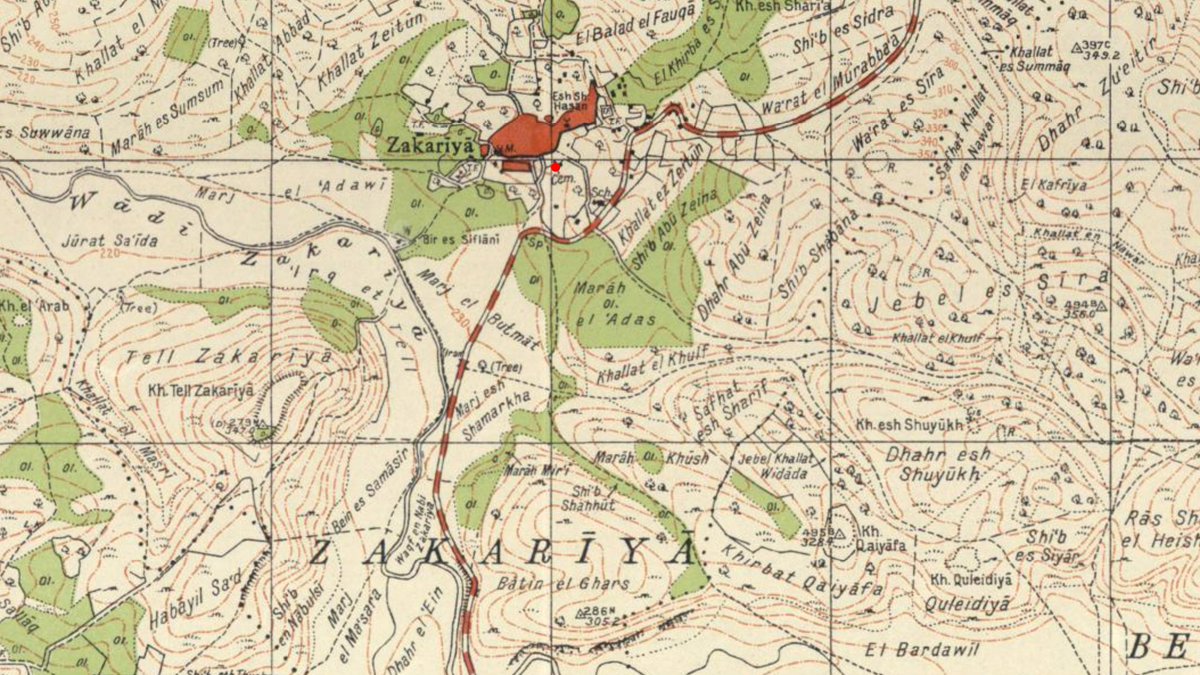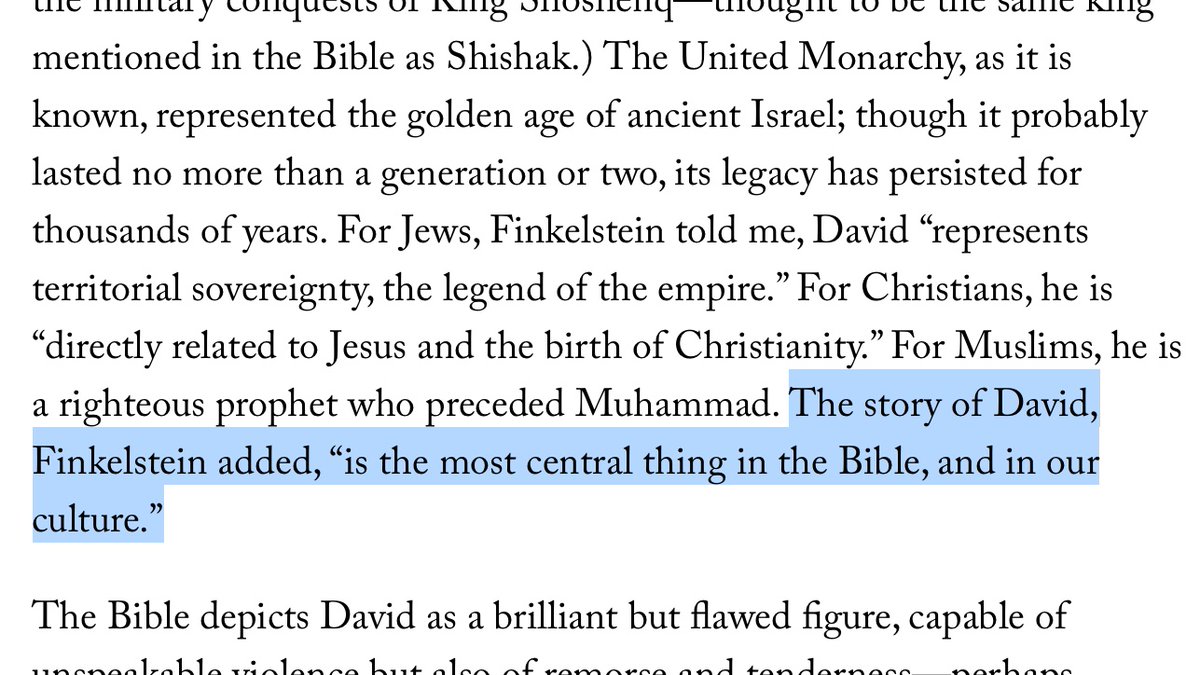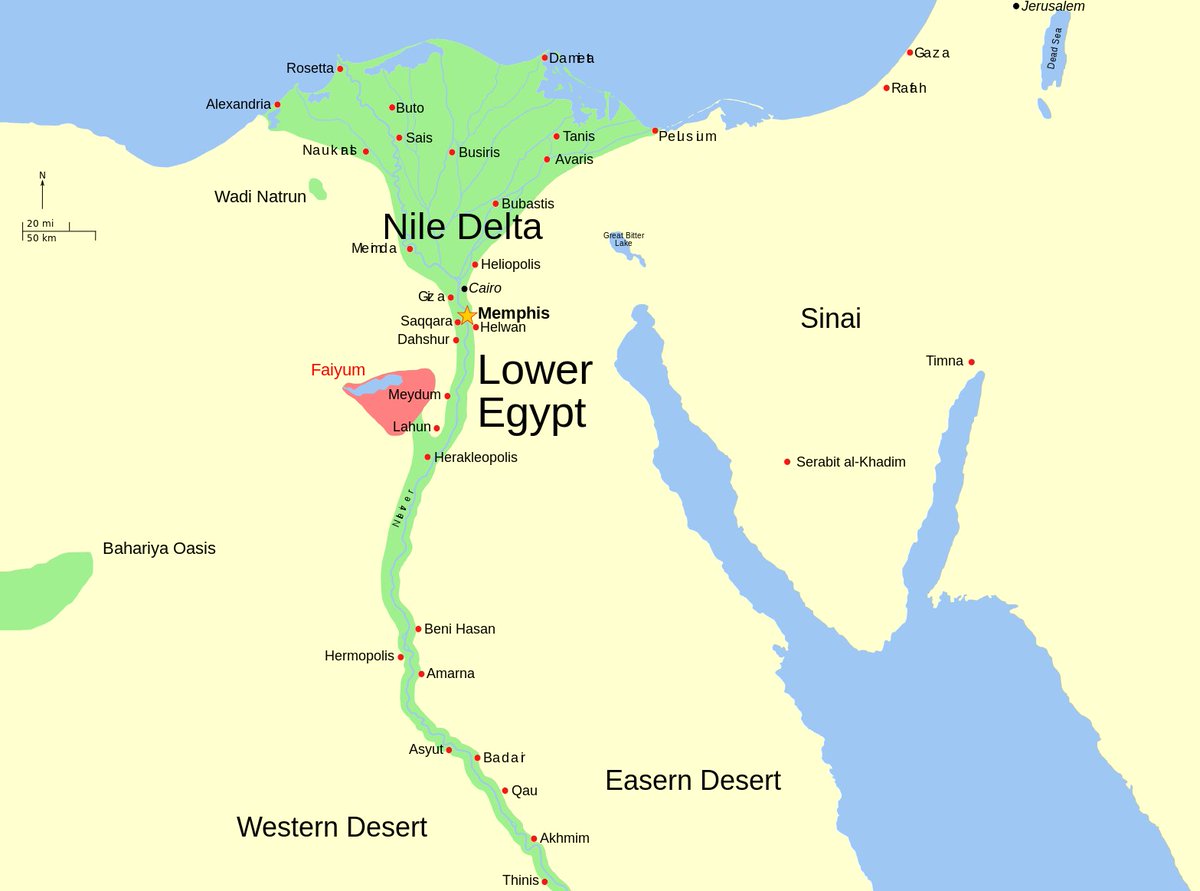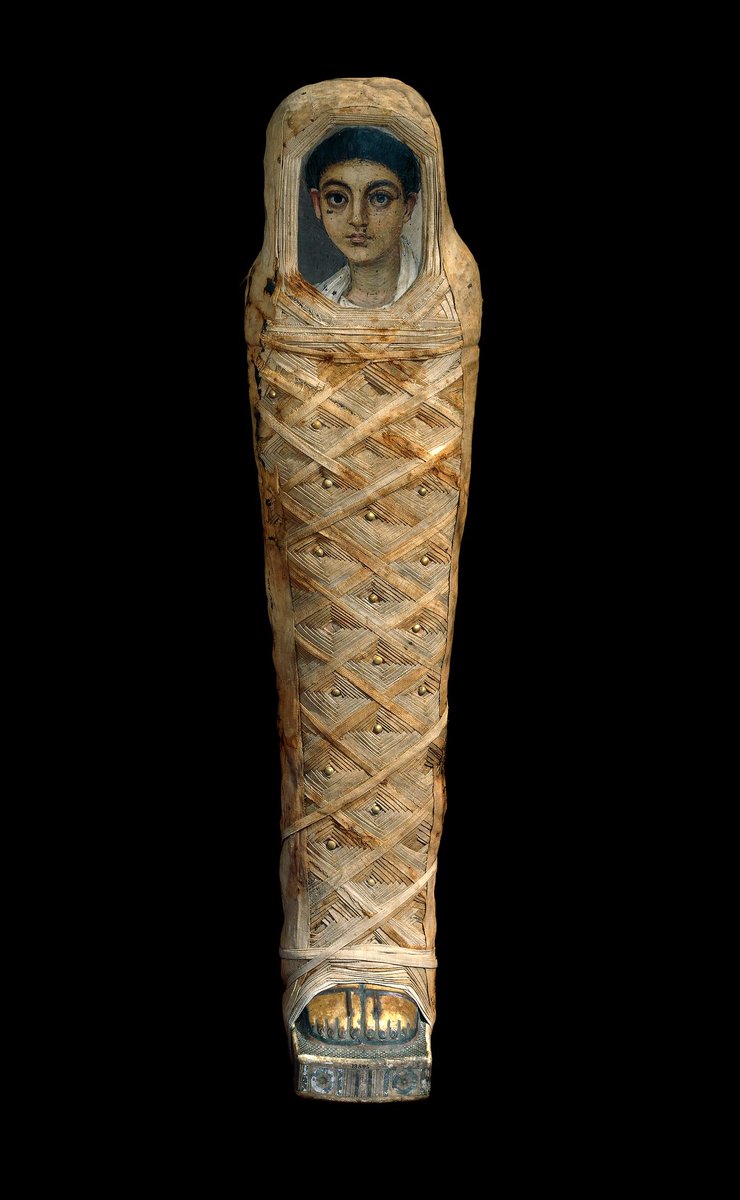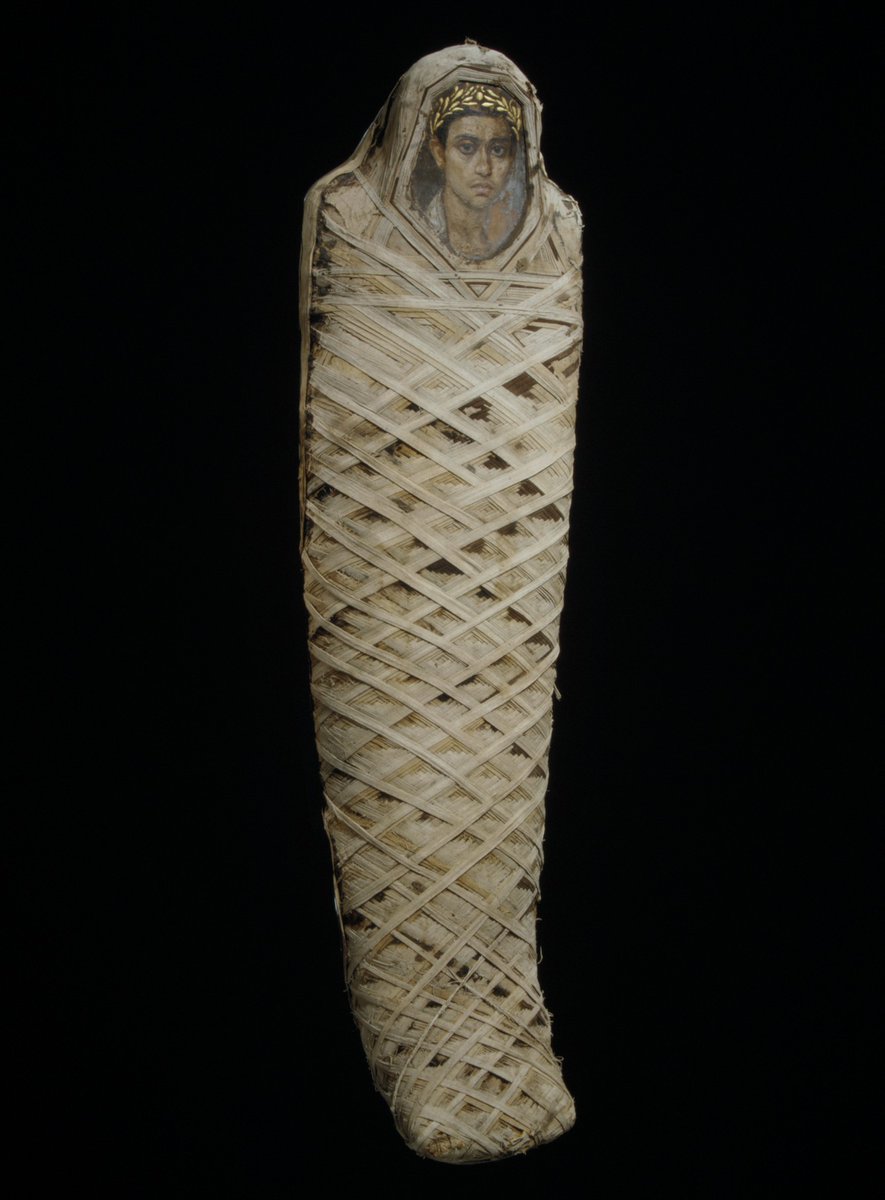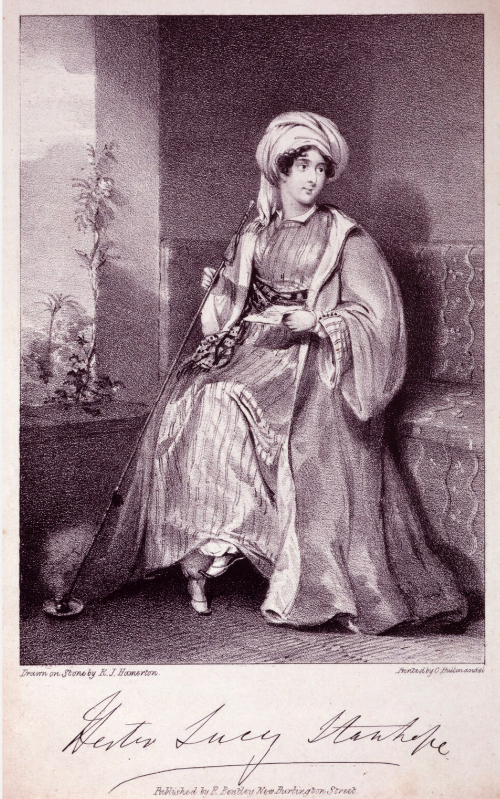
I have a research project on the antiquities market in Jerusalem in the late 19th century and am now seriously regretting not starting in the mid-20th century instead.
Amazing thread (& folder posted by the IAA), may be of interest @arsteinjustnes
Amazing thread (& folder posted by the IAA), may be of interest @arsteinjustnes
https://twitter.com/DrTermagant/status/1312846781168971778
Anyone know what happened to the Zion Research Library ("a nonsectarian Protestant library for the study of the Bible and the history of the Christian Church") of Brookline Massachusetts & its Dead Sea Scroll jar? @MaterializingB 



Also thanks to @DrTermagant for pointing out how the Order of St. John in Belfast wanted a copy of Godfrey of Bouillon's sword from the Church of the Holy Sepulchre. And that they got it. 



They probably wanted it because it was sword that Mark Twain used to slice a Muslim in half "like a doughnut" (not)
https://twitter.com/MichaelDPress/status/904869101897752576
Thanks to @Ludvik_A_K's database I learn that the Zion Research Library held the first exhibition of 1Q20 (the Genesis Apocryphon) in January 1950 -- whose contents were unknown b/c it was still rolled up k-- as it was helping fund its unrolling.
dssexhibitions.wordpress.com/exhibitions/19…
dssexhibitions.wordpress.com/exhibitions/19…
• • •
Missing some Tweet in this thread? You can try to
force a refresh




